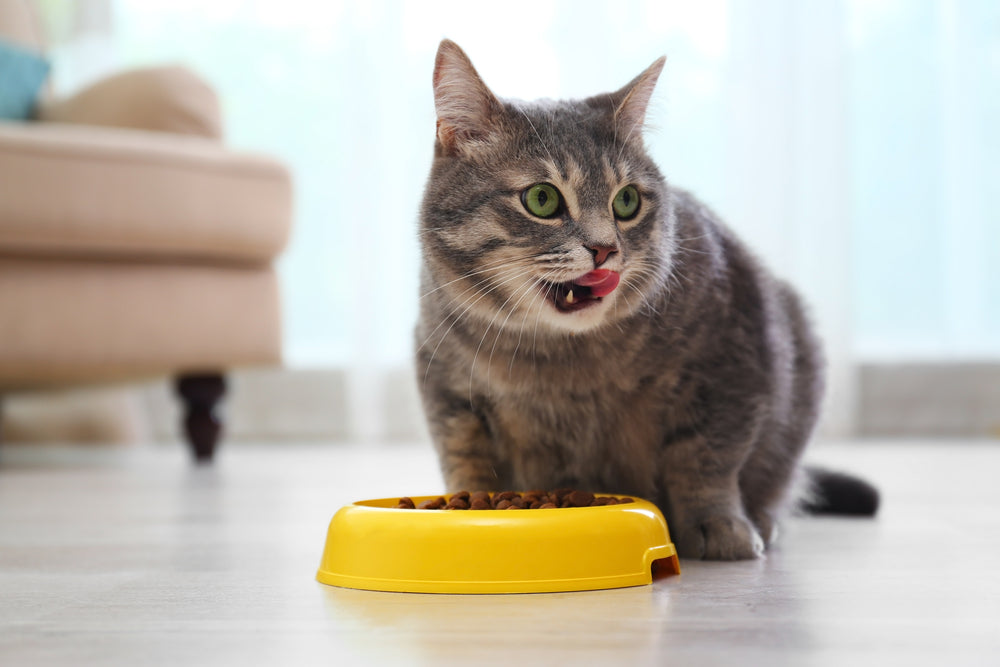Dog Grooming Tips At Home

Learn more below about grooming tips at home.
Obtain the Right Tools
Brushes, nail trimmers, a styptic powder used to stop nail bleeding, wide and fine-tooth combs, shampoos, and even blow dryers if needed.
Use a brush that is intended for the coat of your dog breed. For example, pin brushes are preferred for short-haired breeds, and sleeker types of brushes are preferred for long-haired breeds. Check with your professional groomer or veterinarian to ensure you are using the best option.
With the appropriate brush for your dog’s coat, brush your canine companion every other day (even short-haired breeds) to remove dirt and debris, prevent matting, control shedding, and create a shiny coat. Use a damp towel to wipe any dirt, mud, sand, pine needles, or other outdoor debris from your dog’s coat as needed.
Check for Ticks
During your grooming session, check your dog daily for ticks and fleas, or more than once per day during tick season. Ask your veterinarian to train you on the safest method for tick removal. The more quickly a tick is removed from a dog, the better.
Paws
Check your dog’s pads regularly. This is not just for cleanliness but also to ensure that their paw pads are not dry, cracked, or injured in any way. Excessive hair may grow between your dog’s toes. It can become matted or cause other problems. Trim nails to be even with the paw pads or slightly shorter. Use small, blunt-edge scissors or a small, narrow clipper blade.
Nail Trimming
Keep your dog’s nails trimmed. Your vet and/or groomer can show you how to safely trim nails. Some dog owners find rotary nail grinders a safe alternative to clippers, but it takes more time, and your dog will likely require training to tolerate this method.
Before you start trimming nails, make sure you have easy access to a product that will stop the nail from bleeding. Use a styptic pencil if bleeding occurs. short. Trim nails regularly to keep them and the quick (which supplies blood to the nail) from growing too long.
Regular trimming can help keep the quick shorter and decrease the chances of cutting it when you are trimming the nails. If your dog has dark toenails, it is especially difficult to identify where the quick ends. You may want to seek guidance from your veterinarian before trying to cut dark nails on your own.
Ear Care
Wipe the inside of your dog’s ears weekly with a moist cotton ball or soft cloth. At the same time, you should take a good look and smell each ear and ear canal. Look for signs of severe redness, swelling, debris, discharge (brown or yellow), or a fetid, “yeasty” odor. This may be a sign of infection and requires a visit to your veterinarian.
Teeth Brushing
More grooming tips at home include teeth brushing. You should brush your dog’s teeth at least a few times per week. Plaque starts to build up after 48 hours. You can also try wrapping your finger with gauze or a washcloth. Wipe the teeth and massage the gums.
Dental problems in dogs can lead to other problems, including serious health issues such as heart disease, kidney disease, and more. It’s good for your pet and can save you from costly dental work as the dog ages.
Previous article

Next article

Related posts
View all-

Wet Vs. Dry Cat Food: Which is Better?
As a caring cat owner, you always want the best for your furry friend, especially with their food. You typically have two choices: dry cat food in a bag or canned wet food. Whether you've just brought home a new kitty or are looking to transition to a new food, the decision process can be overwhelming, and understanding the impact of each on your cat's diet is essential. Read Article -

Celebrate National Pet Week: Fun Ideas to Celebrate with Your Pet
National Pet Week is right around the corner, so it's time to plan how you're going to celebrate! While we're sure you celebrate your pet all day every day... Read Article -

5 Simple Tips to Make Sure Your Cat Drinks Enough Water
Ensuring your cat stays hydrated is important, but it can be challenging since many cats don't drink enough water. Dehydration can lead to kidney disease and other health issues. Fortunately, you can encourage your cat to drink more with a few simple changes. Read Article -

How to Keep Your Cat Busy at Night (So You Can Sleep)
For many cat owners, the quest for a good night's sleep while keeping their feline friends content and engaged can seem like a never-ending battle. Cats, naturally more active at night or early in the morning, often disrupt your sleep schedules with nocturnal activity, whether through playful nature or seeking attention. Read Article




